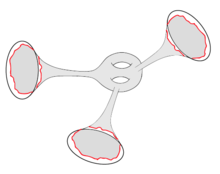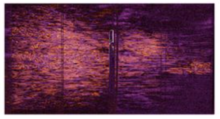Past Events
Journal club seminar: JT gravity as a matrix integral
2019-04-05Workshop on recent developments in AdS/CFT
2019-04-02 to 2019-04-03This workshop will focus on the topics mostly on the gravity side of AdS/CFT correspondence and their applications.
Theoretical Physics Seminar: Yasha Neiman & Juan-David Vasquez-Jaramillo
2019-03-28Theoretical Physics Seminar.
Speaker 1: Yasha Neiman (Quantum Gravity), "What does a spinor look like?"
Speaker 2: Juan-David Vasquez-Jaramillo (Quantum Transport and Electronic Structure Theory), "Can we control the interactions among individual magnetic dopants in metallic surfaces?"
Journal club seminar: A universal transition to turbulence in channel flow
2019-03-22QG group meeting: Black Hole Entropy from 2d Dilation Gravity
2019-03-11Quantum Gravity Group Meeting
Title: Black Hole Entropy from 2d Dilation Gravity.
Speaker: Vyacheslav Lysov, Quantum Gravity Unit (Neiman)
[Seminar] "Quantum Black Hole Entropy from 4d Supersymmetric Cardy formula" by Dr. Masazumi Honda
2019-03-08Speaker: Dr. Masazumi Honda, University of Cambridge
Mathematical Physics seminar: Chern-Simons theory 3
2019-03-07Joint Math and Theoretical physics seminar on Chern-Simons theory, Knot invariants and Volume conjecture. Vyacheslav Lysov will be leading the discussion.
[Seminar] "Holographic geometries for non-relativistic systems emerging from generalized flow equations" by Dr. Shuichi Yokoyama
2019-02-21Speaker: Dr. Shuichi Yokoyama, Kyoto University
[Seminar] "JTbar deformed CFT2 and string theory" by Soumangsu Chakraborty
2019-02-20Speaker: Soumangsu Chakraborty, Hebrew University of Jerusalem
Title: "JTbar deformed CFT2 and string theory"











